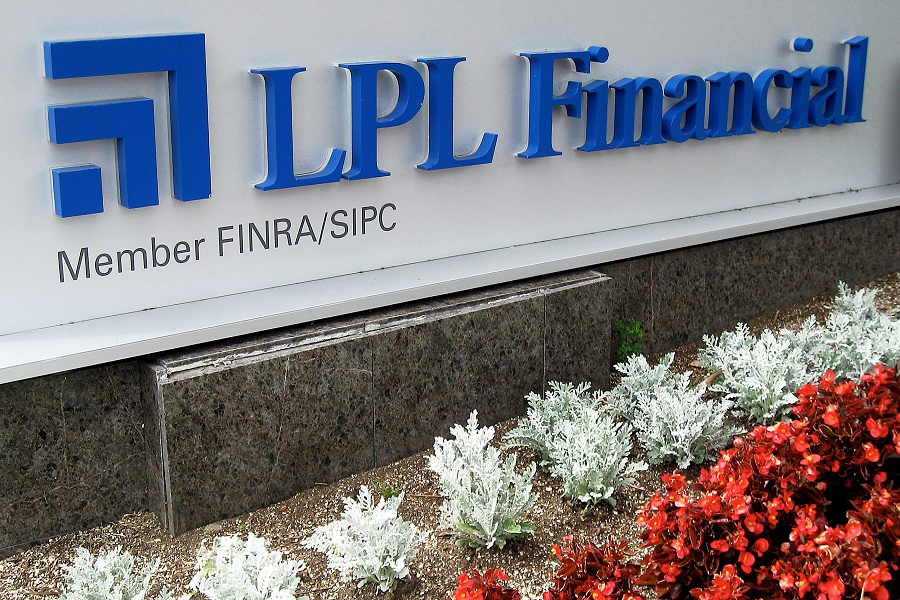

LPL Financial recruited mightily in 2021 and it spent mightily, too. Last month it reported forgivable loans — using rough, back of the envelope math — of $773 million at the end of last year, compared to $419 million a year earlier, a jump of 84%.
Broker-dealers offer forgivable loans to targeted financial advisers as part of a package to entice them to leave their old firm and join another, either as employees or independent contractors. Financial advisers work the loans off over time or the loans are forgiven as the adviser meets conditions of the loan, such as generating certain amounts of revenue for the new firm.
Such loans are also paid to brokers and financial advisers at firms that broker-dealers purchase as an incentive to keep them in their seats rather than jumping to a rival during the uncertain time of an acquisition.
Forgivable loans are part of the lifeblood of the retail securities industry, although some of the leading wirehouses have recently moved away from the strategy because it can be extremely expensive.
On Feb. 3, LPL reported in its earnings release that it recruited advisers with $89 billion in assets last year, more than double the amount — $42 billion — in the prior year. Fore years, LPL has been a leader in recruiting among independent broker-dealers.
In prior years, LPL published the “forgivable” adviser loan balance as one figure in its annual report but it recently changed that. Instead, to get a rough calculation of LPL's forgivable loan balance, start with the total “Advisor Loan” amount of $963.9 million listed in the company's 2021 annual report and subtract the “Repayable” loan amount of $191.2 million. That leaves $772.7 million, which is in large part forgivable loans.
A spokesperson for LPL said that the amount cited by InvestmentNews was "mostly forgivable loans," though there are also some other, smaller, types of loans included in that figure that the firm does not publicly disclose.
"The growth in forgivable loans was a function of our $89 billion of recruiting in 2021, which more than doubled year-over-year, as well as onboarding Waddell & Reed advisers that brought over another $71 billion of acquired assets," the spokesperson said.
In December 2020, LPL said it was buying the wealth management business of Waddell & Reed as part of a larger, complicated transaction. The price tag was $300 million for 70% of Waddell & Reed’s 921 advisers. The transaction closed last year.
LPL’s financial adviser head count at the end of December totaled 19,876, up 249, or 1%, compared to the end of September, and up 2,589, or 15% higher, compared to the end of 2020. At the end of 2021, LPL’s total advisory and brokerage assets had increased 34% year-over-year, to $1.21 trillion.

It's a showdown for the ages as wealth managers assess its impact on client portfolios.

CEO Ritik Malhotra is leveraging Savvy Wealth's Fidelity partnership in offers to Commonwealth advisors, alongside “Acquisition Relief Boxes” filled with cookies, brownies, and aspirin.

Fraud losses among Americans 60 and older surged 43 percent in 2024, led by investment schemes involving crypto and social manipulation.

The alternatives giant's new unit, led by a 17-year veteran, will tap into four areas worth an estimated $60 trillion.

"It's like a soap opera," says one senior industry executive.
RIAs face rising regulatory pressure in 2025. Forward-looking firms are responding with embedded technology, not more paperwork.
As inheritances are set to reshape client portfolios and next-gen heirs demand digital-first experiences, firms are retooling their wealth tech stacks and succession models in real time.
